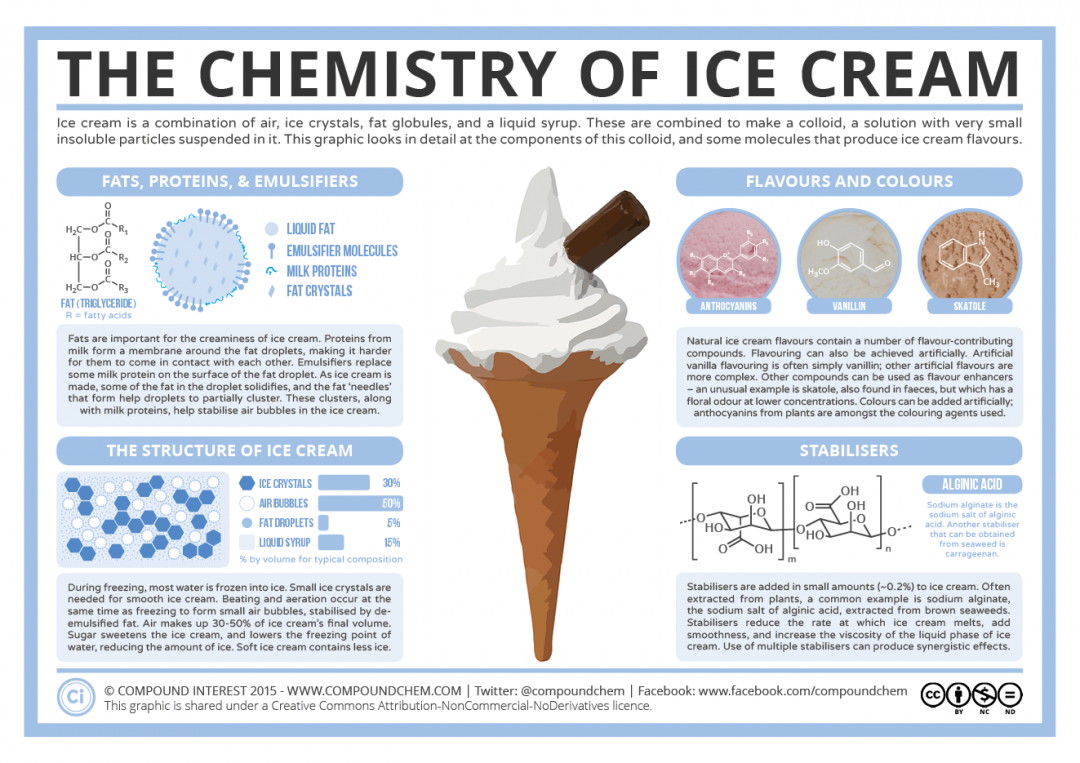Content marketing is one of the most important forms of modern advertising. The costs are usually far lower than traditional methods. And content marketing’s reach and exposure levels are considerably higher.
But content marketing’s increased efficiency comes with increased complexity. One must first categorize different methods before deciding on them. In this article we’ll rank types of content marketing by overall applicability to a business.
7. Podcasting
Podcasts have risen in overall popularity during the past few years. The medium has been around for quite some time now. But it’s only recently that the average person has understood how to subscribe to and use them.
It’s still one of the less mainstream types of content marketing. And full production of a higher quality podcast can end up as a time consuming task. One needs to actively create podcast content to keep people subscribed. In general this means a minimum of one or two episodes per month.
The cost in time is on the higher side of things. But actual spending tends to be somewhat low. Free tools such as Audacity are suitable for podcast production. And one can often simply roll hosting costs into an existing web presence.

6. Product and service overviews
Talking about one’s services might seem like common sense at first. But one should consider just how rare it is for advertisers to provide solid facts. Most advertising focuses on pushing feelings rather than what’s actually sold. People don’t sell the steak, they sell the sizzle.
But the fact that so few people focus on product details opens up a niche. Carefully analyzing one’s own services in comparison to others can make one stand out. Of course this type of content marketing has inherent risks.
Other types types of content marketing should take precedence if one isn’t offering the best of the best. But if solid metrics put one’s services ahead of the rest than a side by side comparison can turn into effective content marketing.
The chances of public propagation are fairly high as well. If it’s objective and concise than people will often send it as a link to friends. In doing so one can leverage the public as a marketing tool.
5. Tutorials
The internet is an amazing resource. It’s the first place people go to when they need to pick up a new skill as quickly as possible. And most new skills require some form of extra tool or service.
If one writes the tutorial than it’s easy to plug one’s own service as the default choice. Several factors make this one of the most effective types of content marketing. The overall cost is usually quite low.
One will usually already have expert knowledge of things related to the subject. As a result it shouldn’t take long to write a proper tutorial. And overall hosting costs for text based tutorials is insignificant. These factors combine to create a high return on investment.
4. Interviews
An interview can fit into several other types of content marketing. But one should consider the interview itself as a separate item from the medium used to publish it. The main reason stems from the underlying utility of interviews.
An interview uses the subject as a draw. The medium does have an additional impact on people’s interest. But people who are fans of a given individual are following that individual. They’ll jump onto any medium if it intersects with their subject of interest.
Subjects discussed in an interview offers a chance for additional marketing. The types of content marketing which work best are those which combine multiple methods. An interview functions first by using the interviewee as a draw.
Next, the subject matter can serve to frame discussion of one’s own services. People should also consider the area where they publish an interview as an additional marketing factor. One needs to keep in mind that content marketing is heavily associated with brand awareness.
Marketing can be effective even without a direct call to use specific services. What matters most is that people feel an emotional connection to one’s brand. That connection serves to promote later patronage.
3. Infographics
Infographics would rank higher if they came free of charge. One can argue that they’re the most effective method of content marketing within some important demographics. However, there’s one important limitation to infographics. They require a fairly high level of skill in graphic design.
An infographic uses images and text to convey complex subjects a remarkably concise way. But the artistic side of things is difficult enough to require specialized talent. And that calls for additional contracting fees.
The overall ranking of infographics depends on an expected return on investment compared to initial cost. Sites such as Visual.ly reduce the time needed to find an artist.
But one can expect the costs to push past a thousand dollars. Meanwhile the return on that investment might well take a considerable amount of time. This pushes the ranking much lower than it would be if one had free graphic design.

The Chemistry of Ice Cream Infographic (click the image to enlarge)
2. Op-Ed pieces
An Op-ed piece has been part of print journalism almost from the start. It’s easy to see how quickly people can become invested in a well stated opinion. The beauty of an Op-ed piece stems from how people relate to it.
People often misinterpret the underlying purpose of Op-ed pieces. It’s among the types of content marketing which draw people into a service. When used on a website it doesn’t matter if someone agrees or disagrees with the Op-Ed piece. What matters is that they’re invested enough in it to pay attention. This might involve reading, commenting or sending it to friends.
The active involvement keeps people coming back for more. Even when people disagree with an opinion they’ll often enjoy that argument. And when one uses a website as the base for this discussion than there’s inherent value as a marketing aid.
1. Internet culture
Use of internet culture intersects with some aspects of Op-ed pieces. Internet culture is inherently more difficult to define though. It’s use of cultural norms of an online space to promote viral marketing efforts.
Viral videos are one of the best examples of this practice. These are videos which tie into a particular niche within online communities. Enough to prompt people within those communities to forward the content to others. Of course planning and succeeding with viral videos can be tremendously challenging.
There are far easier options though. Memes are among the best way to leverage internet culture for marketing. A meme is simply a still image with standardized forms of text. Sites like KnowYourMeme make it fairly easy to get an idea of what memes are popular.
From there it’s just a matter of leveraging them properly. Social media is one of the best ways to use them. But it’s surprisingly common in almost every walk of life. They’re the 21st century version of a comic clipped to one’s office door.
But it’s only one example of many. The internet moves at a fast pace. And the latest trends always offer up amazing opportunities for content marketing. But it does involve work. One needs to monitor popular websites and social networking options to keep on top of what’s rising or falling.
Summing Up
In conclusion, one can see a common thread in every example. They all call for rapid movement and adaptability. Content marketing works best when one stays on top of current trends.
That’s also why discussion is a vital part of strategising. If any of these or other marketing topics have produced great results than it’s worth talking about. Readers should share their experiences and opinions. In doing so they’ll almost certainly get some new ideas as well.

